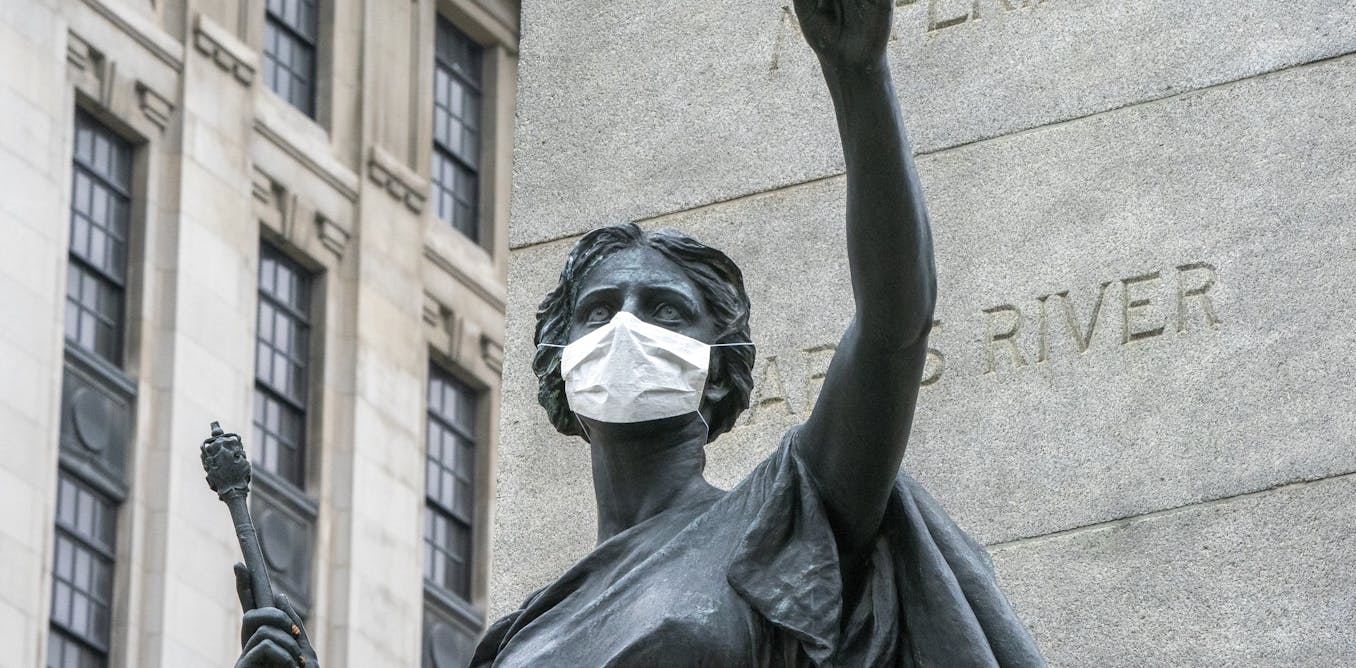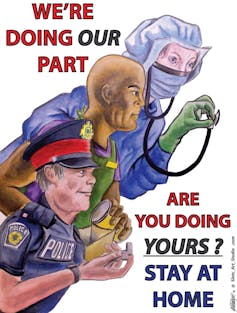It was Christmas Eve 1914 and the soldiers in the trenches, Brits, Canadians, Germans and French, muddy, covered in blood and guts, coughing up bloodied mucus of poison gas, called a truce in the War. A truce that remains a mutiny on the books of the ruling clases and their military to this day.
A new film has been made of this famous mutiny for and it will be shown to British Troops in Iraq.
Now if they sneak in the Americans to watch this that just might be the inspiration for the American all volunteer working class army to down arms and end this war.
So subersive is the legend of the Christmas Truce of 1914 that the French still refuse to allow their soldiers to see this film and refused to be part of the production effort.
Brit troops to see 1914 Xmas 'anti-war' film
During the ceasefire, German, British and French troops stopped shooting, got out of their trenches and shared cocoa and cigarettes. They sang hymns together and returned to fighting a few days later.The French army refused to participate in the making of the film, saying soldiers who participated in the Christmas truce were disobeying orders. German troops have already taken in the movie, but it will not be presented to French soldiers. The ceasefire was seen as treason by superiors on both sides.
It was of course this famous truce that gave rise to the 1960's comic Christmas song Snoopy's Christmas by the Royal Guardsmen Listen to it here.
And it was the inspiration for Dalton Trumbos classic Anti-War novel, Johnny Got His Gun.
During the summer of 1914 in a crucial battle in Mons Belgium British troops claimed to have seen St. George and a group of Longbowmen in the skies, which they claimed to have turned the battle in their favour.
This is known as the Legend of Mons, and occult horror author Arthur Machen claimed at the time that it was based on his short story called the Bowman which had been published in the popular press of the day. However historian A.J.P Taylor believed the story and recorded it in his history of WWI.
The fact that the tale and trench rumours of Angels of Mons appeared the summer before may have had a subconcious effect on the soldiers in the trenches facing the first industrialized war of mass murder.
Such was the horror of WWI and the introduction of mechanized death, mass slaughter by machine gun, huge mortars and giant Big Bertha guns that deafened you, poison gas, tanks, trench warfare, etc. the veritable impass of the No Mans Land lead to the need for a moment of humanity, human contact that became the Christmas Truce.
The Officer Corps of all the Armies of WWI were the last vestiges of the Aristocracy while the soldiers in the trenches were the original grunts, and like modern industrial capitalism which the war so effectively modeled itself after, they were expendable cogs in the machine.
Canadians know this well for even our officers like their men were expendable, as colonial troops, in both WWI and WWII. In the case of the later the battle of Dieppe saw the ruthless sacrifice of Canadians on the whim of Lord Mountbatten for his personal ego trip in securing a position of command.
23 Canadians were executed for desertion or cowardice in WWI. 2 were executed for murder (murder in war you ask well...) one after he suffered a head injury went nuts, the other was a case of shooting a superior officer, a Sgt. Major, the guys who were particularly brutal to their men. We would call it fragging today.Thousands more died in the trenches, including almost all the 1st Royal Newfoundland Regiment.
All those boys from the prairies, the cities, from the farms and the factories, from Saskatchewan, Iowa, Sheffield, Paris and Berlin died for the glory of Imperialism and Capitalism. When they came home there were no jobs, a depression, and no Veterans benefits. It was not such a Great War.
Happy Christmas (The War is Over)
 There's nothing noble about dying. Not even if you die for honor. Not even if you die the greatest hero the world ever saw. Not even if you're so great your name will never be forgotten and who's that great? The most important thing is your life little guys. You're worth nothing dead except for speeches. Don't let them kid you any more. Pay no attention when they tap you on the shoulder and say come along we've got to fight for liberty or whatever their word is there's always a word.
There's nothing noble about dying. Not even if you die for honor. Not even if you die the greatest hero the world ever saw. Not even if you're so great your name will never be forgotten and who's that great? The most important thing is your life little guys. You're worth nothing dead except for speeches. Don't let them kid you any more. Pay no attention when they tap you on the shoulder and say come along we've got to fight for liberty or whatever their word is there's always a word.
Just say mister I'm sorry I got no time to die I'm too busy and then turn and run like hell. If they say coward why don't pay any attention because it's your job to live not to die. If they talk about dying for principles that are bigger than life you say mister you're a liar Nothing is bigger than life There's nothing noble in death. What s noble about lying in the ground and rotting. What's noble about never seeing the sunshine again? What's noble about having your legs and arms blown off? What's noble about being an idiot? What's noble about being blind and deaf and dumb? What's noble about being dead. Because when you're dead mister it's all over. It's the end. You're less than a dog less than a rat less than a bee or an ant less than a white maggot crawling around on a dungheap. You're dead mister and you died for nothing.
Imagine







